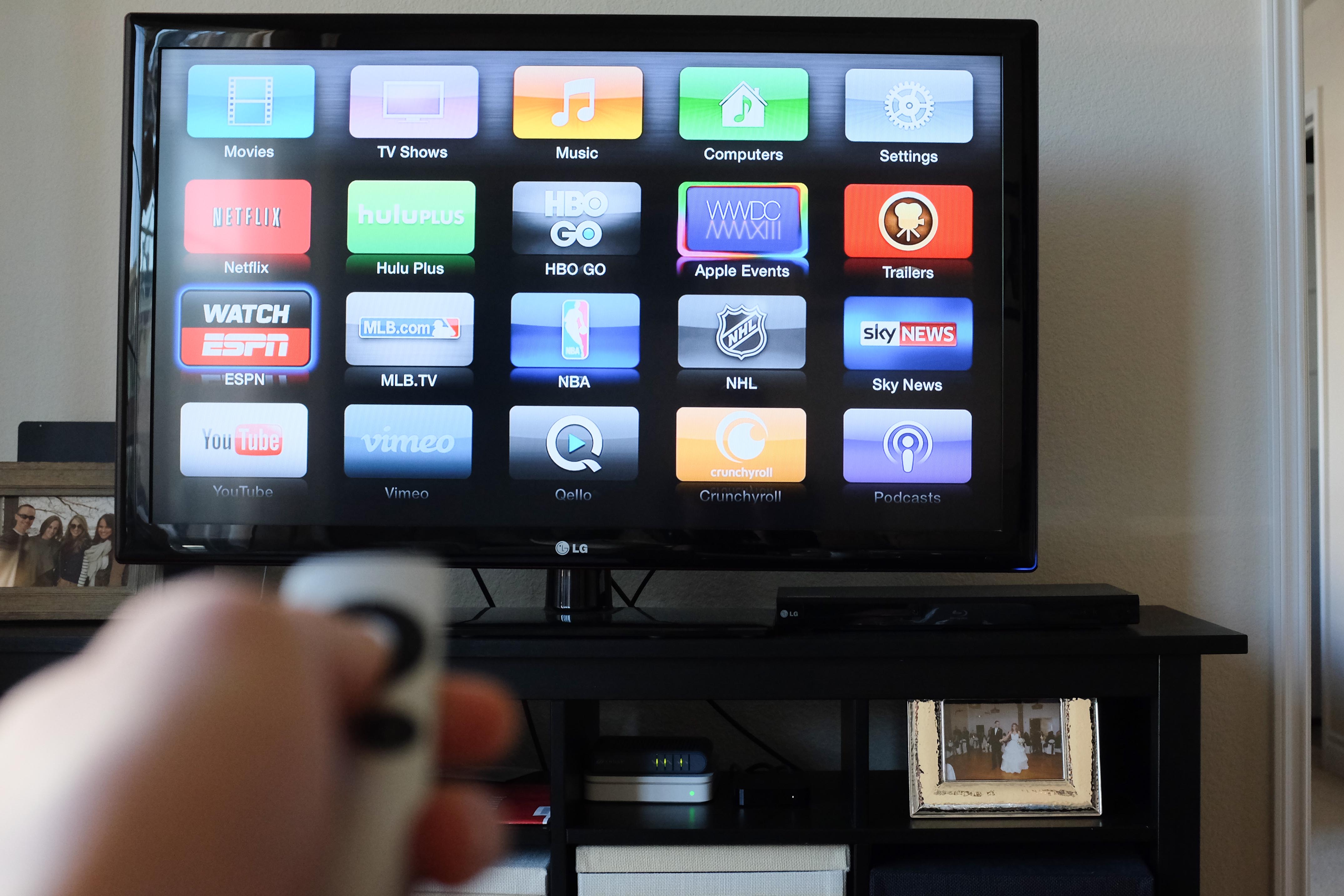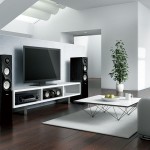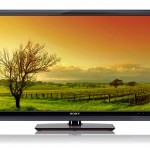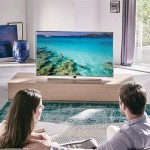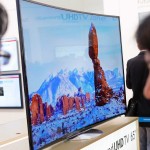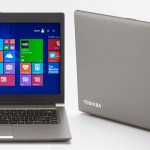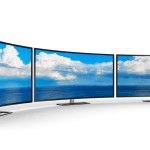
The best tips to buying your first TV
We live in a crowded market, as technologies evolve there are casualties along the way. Consumers nowadays are looking for quality with less price. However, do they take in consideration various specifications? There is no house without a TV, whether big or a small one. Sleeping on your sofa, a hot drink in your hand while watching movies, TV channels, or football matches. Everyone has a specific bareness to fulfil. Television technology is changing fast and this quick guide will help you pick the right model for you without confusion.
Display type
Smart TV. LED. OLED. 4K. HDR. The world of TVs is growing every day, but people are likely in maze with all these technologies. Which one is better, not consuming a lot of electricity, cheap…? This is what we will discuss in this section.
CRT:
Cathode Ray Tube. Everything has history. Modern consumers do not prefer Cathode Ray Tubes, because they are the oldest commercial model of televisions and computer monitors; they are necessarily huge, bulky, and heavy. In spite of their excellent picture quality. Unfortunately, they seem neglected these days.
LCD:
Liquid Crystal Display. The standard and extremely common model of displays, found in laptops and TVs. What gave it its proper name is that Liquid crystals do not emit light directly. LCD has an efficient way of creating color displays compared to CRT, and can be disposed of more safely than this later. Nevertheless, LCDs have a tendency to blur during fast moving scenes. However, many LCD TVs narrow the viewing angle, which means you will notice the colors washed out to black with more like grey if you are not sitting directly in front of them.
LED:
Stands for Light Emitting Diode, a simple circuit that emits light when activated. LED is the newer addition to the HDTV model. LEDs have many advantages over shining light sources including lower energy consumption, longer lifetime, better brightness, smaller size, and faster switching.
OLED:
Organic light-emitting diode. Unlike LCD TVs that require backlight, and give us their own light. i.e. it can display deep black levels and can be thinner and lighter than a liquid crystal display.
Plasma:
Plasma use the same technology that the Fluorescent lights over your head use to light televisions. Plasma screens were the most expensive of television screens for years. Furthermore, Plasma screen televisions produce some of the best image quality consumers are likely to find. Their model is well suited for larger screens, and provides some of the best contrast ratios and colors available.
Size:
Wider screen means better viewing, but your room decides what television you should buy. What is more important is the distance you are actually sitting from the screen. For example if your favorite spot is eight feet away from your TV, you can consider buying one biggest than 60 inches.
Resolution:
The display resolution means the total number of pixels in your screen. TVs with more pixels have the potential to display and enjoy better details. Most of TVs today have likely 1920-1080 resolution screens
Other features
Refresh rate:
It is the number of times in a second that a display hardware updates its buffer as Wikipedia claims, i.e. how many seconds needed for the drawing of identical frames to be repeated, and it is measured in Hz. For example, 120Hz = 120 per second and 240Hz = 240 per second. However, some tests done by some experts showing that a higher number does not guarantee better performance.
Smart TV:
With the increase of internet-based services, people need to stay connected. Whether watching streaming video contents provided by Netflix, playing games, chatting on Facebook, or solely browsing the web, smart TVs are the best products to supply such services. Nevertheless, if you want to stream your mobile phone, tablet, or laptop on your TV. You are at the right place by using the mirror cast technology via Wifi.
Sound:
As TVs get thinner, sound quality is reduced because there is no enough space for decent speakers. In this case it is highly recommended to buy a home theater or a sound bar speakers for better sound details.

